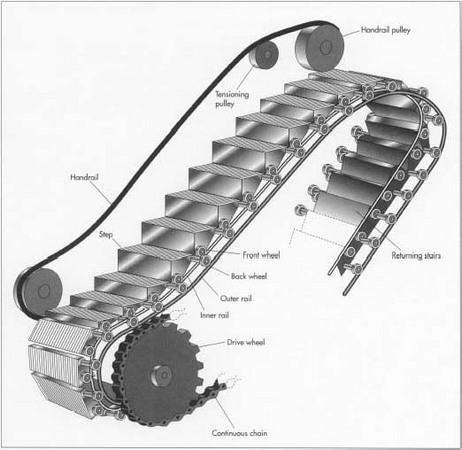Kenya land was first appropriated by the British colonists in the 1890s. All land in Kenya was then taken to be the property of the British colonists.
In the 1920s, Britain then marked out the most productive land in Kenya, which is around 20% of Kenya’s land mass and sold it to British citizens in 1,000 acre chunks. These areas were referred to as the White highlands, namely central province, Rift Valley province and parts of Kitale.
Kenya land size is 144 million acres.
20% OF this land is arable, i.e 29 million acres.
At attainement of independence in 1963/1964, land onwership change from the British to indigenous Kenyans was crafted.
A solution known as the 1 million acre settlement scheme was hatched by the British and Kenya Governments whereby Kenyans were to buy back the land from the white settlers.
This was funded by world bank.
The Swynnerton Plan, hatched in the 1950s, aimed at creating a middle and upper class indigenous Kenyans in central province. This was to be achieved by enabling a few central province Kenyans to own large tracts of farm land previously owned by the colonists then they employ the large masses of people.
http://en.wikipedia.org/wiki/Swynnerton_Plan
The British implemented the Swinnerton plan from the mid 1950s by rewarding loyalist Kenyans with large swathes of land and encouraging them to get into cash crop farming.
The over emphasis on cash crop farming would in later years lead to lack of food since food crops were not being planted.
The British land alienation policies which were not well designed to offer indigenous Kenyans access to land led to massive relocation of Kikuyu landless people into the Rift Valley former white highlands.
Current land situation in Kenya.
British interests and Government still continue to hold large chunks of viable land around Nairobi and within the white highlands.
Delamere owns 100, 000 acres from Naivasha till Nakuru. Large British tea holdings still own large acres of land.
A few indigenous Kenyans who were favoured by the British colonists and rewarded with huge chunks of land around Nairobi still own. Some of them have resold the land to other people.
Way forward.
The National Land Commission should come up with land use policies that ensure these large land owners are forced to utilise the land .This can be done through implementing taxes on idle land. This will force these owners to either ensure the land is used productively, hence offering employment or the land is sold to those with the entrepreneural skill to utilise it.
It is really not a big deal as to who owns the land so long as the Government can ensure they are Kenyan citizens and are using the land to create employment.
Agricultural areas around Nairobi such as Kiambu should be taxed higher so that the tax revenue raised can be used to support green house agriculture and irrigation in the arid areas.
Francis Gichuhi Kamau, Architect.

























